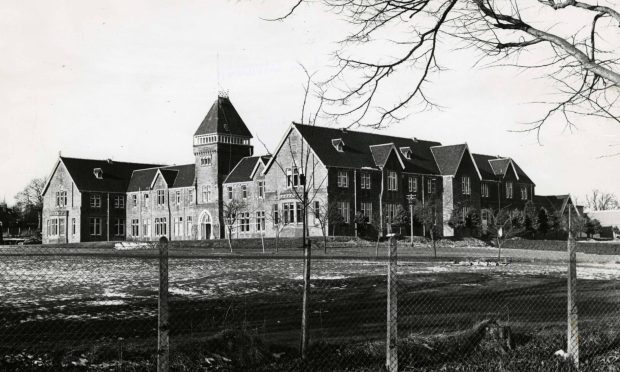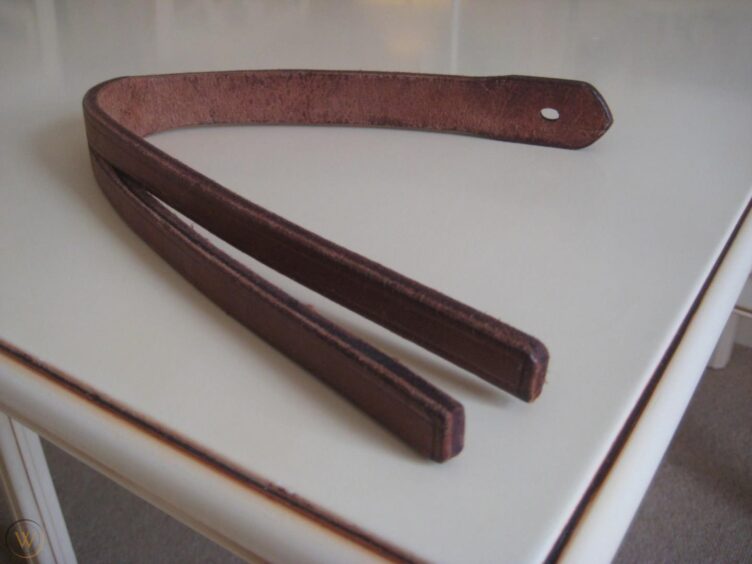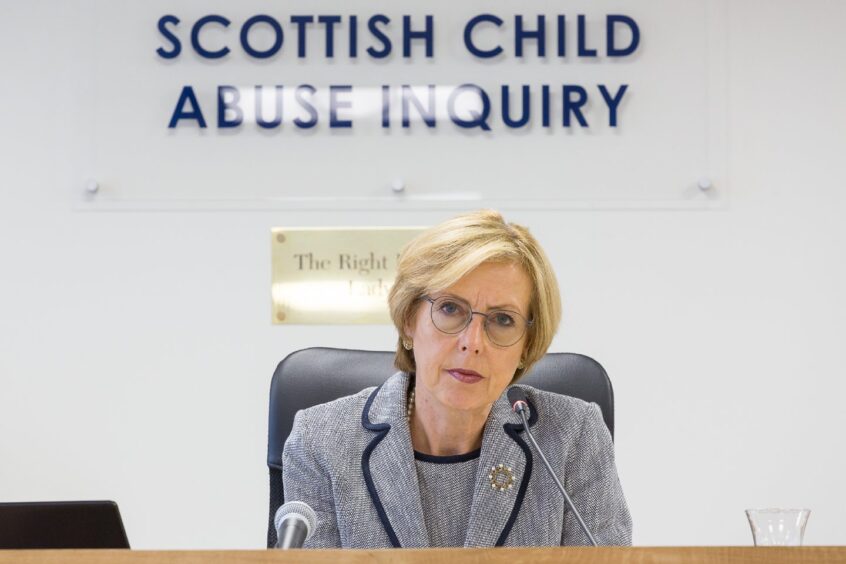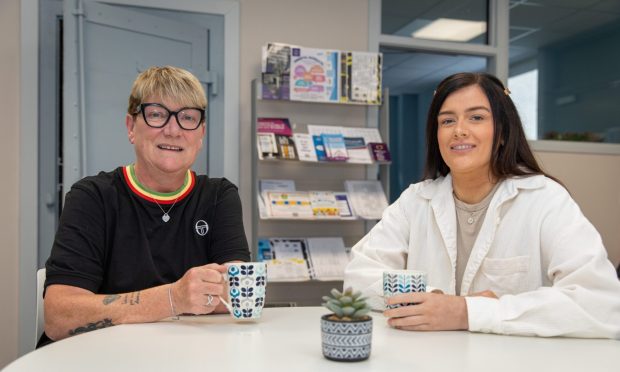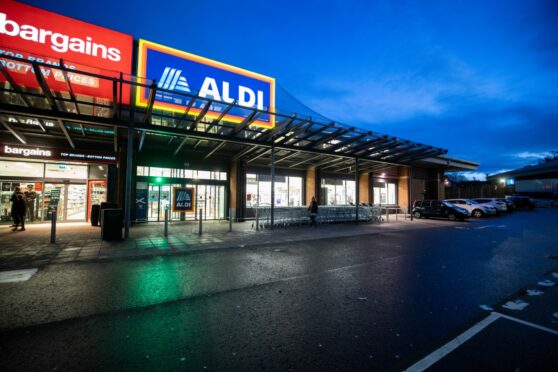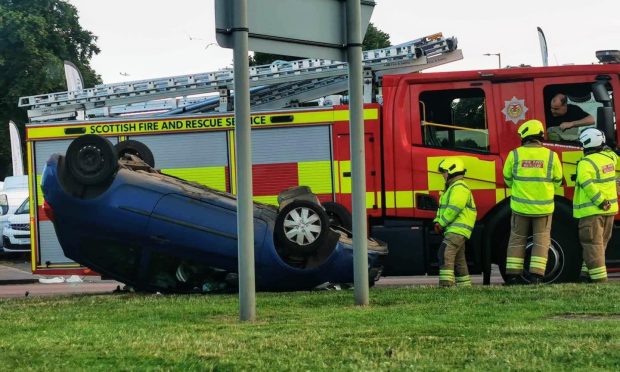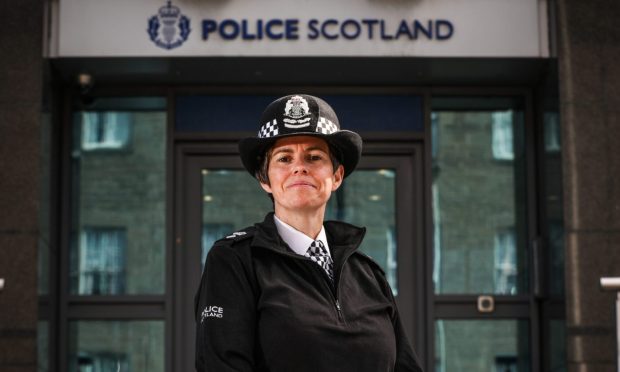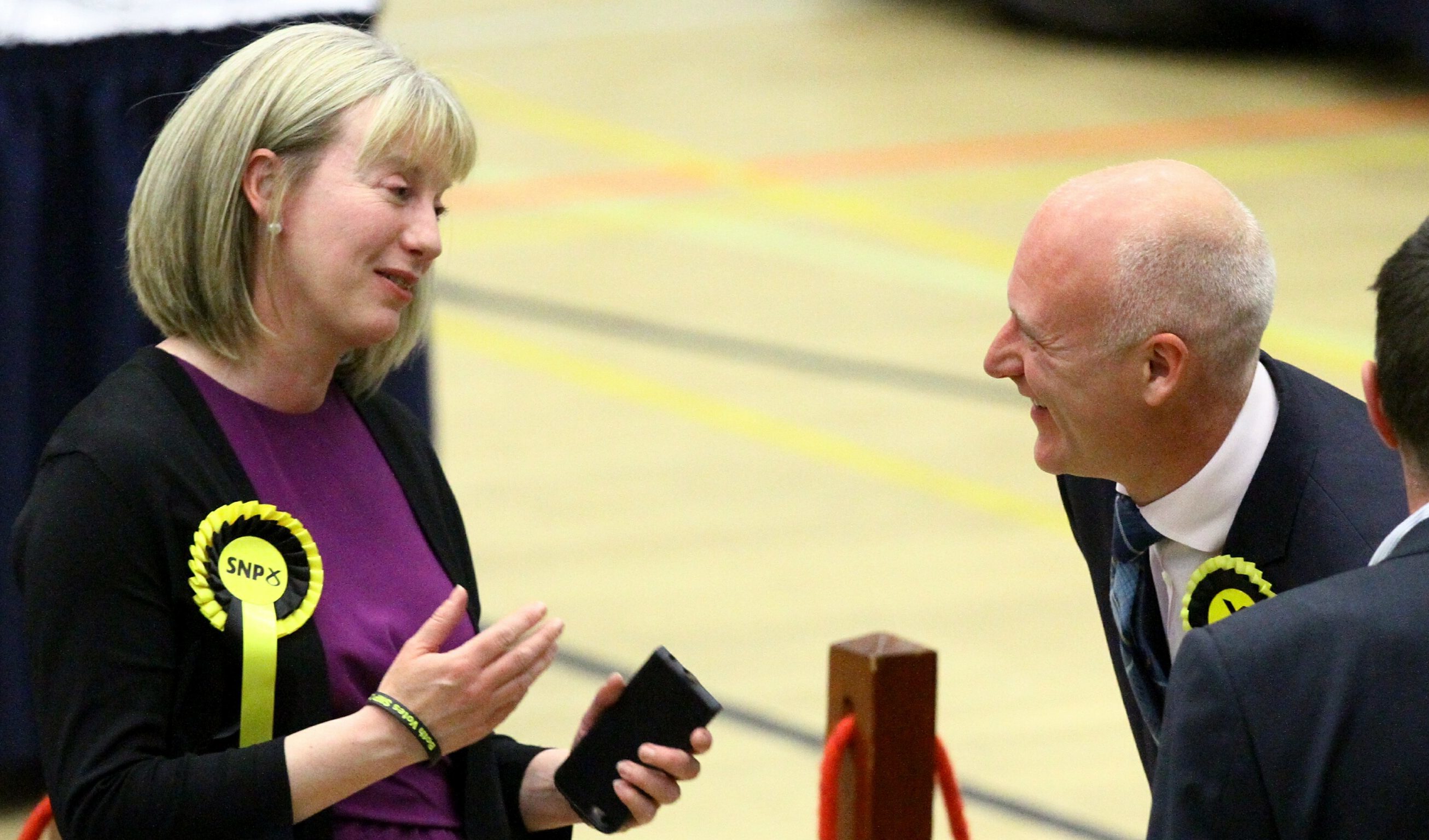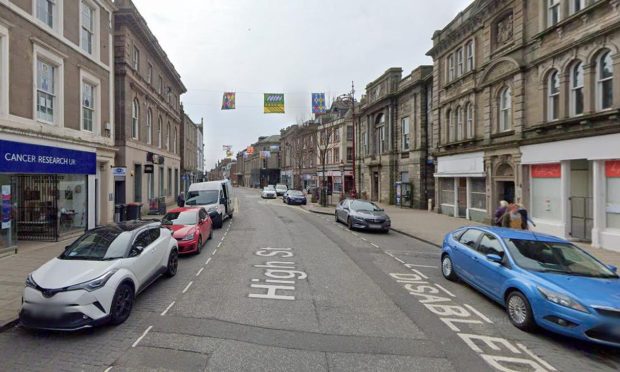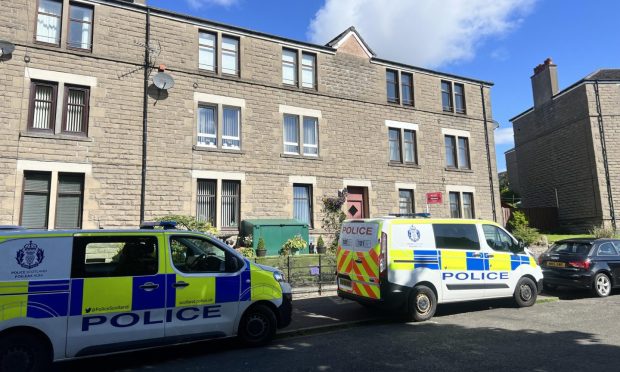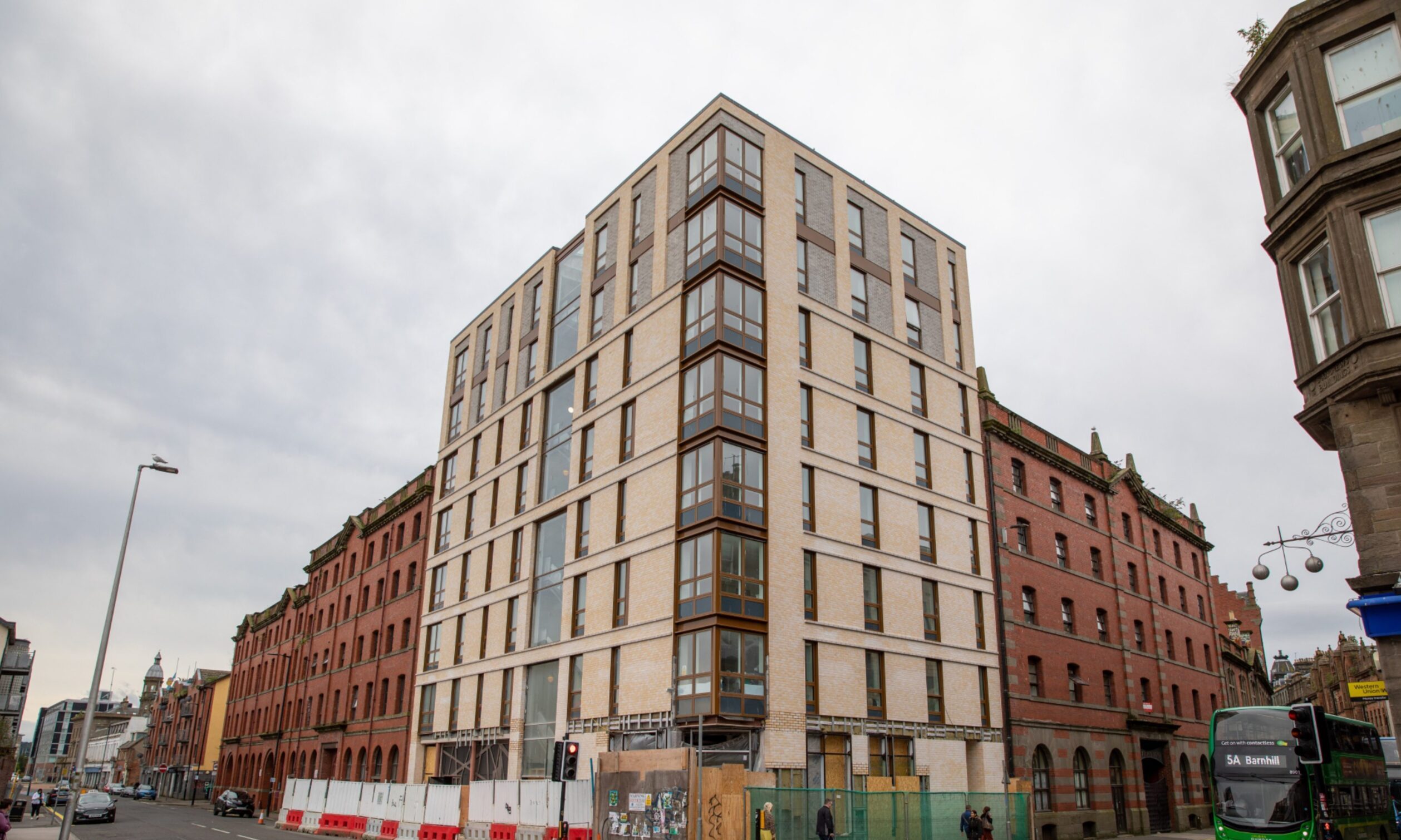Former pupils at Dundee’s Balgowan approved school have told how they were subject to brutal punishment beatings and sexual abuse.
The Scottish Child Abuse Inquiry heard testimony from two men who attended the former Dundee Industrial School for Boys in the 1960s.
One, “Scott”, was sent to the institution from Glasgow aged just nine years old. A repeat absconder, he told the inquiry he believes he was sent to Dundee after repeatedly running away from facilities such as Thornly Park in Paisley.
The chair of the inquiry, Lady Smith, heard how Scott, a pseudonym, was sent to Balgowan for short period of around several months.
“The only reason I can think of why I was sent all the way to Dundee was because I had started to run away again.
Former pupils describe horrific abuse
“I think I was between 12 and 14 when I was there.”
The teachers Scott identified in his evidence, including one who he says molested him, cannot be named for legal reasons.
He told the inquiry how one would “say things to him”, “touch him up” and “feel his bum” in a toilet block.
Scott said he would run away regularly because of the “things being done to him” in the dorm by other pupils.
He said in his evidence: “There was no one there [in the dormitory] to look after you. There was always a level of bullying, there were hardcore bullies in there.
‘Bullies pick on me to do dirty things to them’
“The bullies picked on me to do dirty things to them.”
Scott described escaping through a fire exit and fleeing into Dundee city centre one night after being told by one pupil to perform sex acts on others.
He was found by police and returned to the school.
Other evidence revealed how pupils would escape after being sent to a new institution only to find other boys who had subjected them to repeated sexual violence were being housed there.
In harrowing evidence read by David Sheldon KC, counsel to the inquiry, another witness, known anonymously as Alexander, told how severe beatings were dished out by cruel staff members at Balgowan as punishment for running to safety.
During one particularly nasty incident, Alexander told how he was pinned down on a medical bench by four male staff members at Balgowan before being hit repeatedly with a tawse on his bare backside and back.
He said the school’s matron, who applied cream to the welts on his skin once the punishment was complete, was crying as she said what had happened was “wrong”.
Alexander attended the school after more strict regulations on corporal punishment were introduced.
The school was originally founded in 1843 as Baldovan Industrial School for Boys, with the 13-acre premises on Strathmartine Road opening in 1878 with room for 200 boys aged eight to 16.
Finally shuttered in 1983, the premises near Downfield no longer exists and has been replaced with housing.
The Scottish Child Abuse Inquiry, established in 2015, was set up to examine the abuse of children in care between 1930 and 2014.
The current phase is examing evidence from those house in approved schools, but previously heard evidence about those cared for by religious orders and voluntary groups such as Barnados – including St Ninians School in Falkland.
In an earlier report on the evidence heard from pupils at St Ninians, Lady Smith found boys there had lived in fear of attacks by serial sexual predators who had unrestrained access to their victims.
